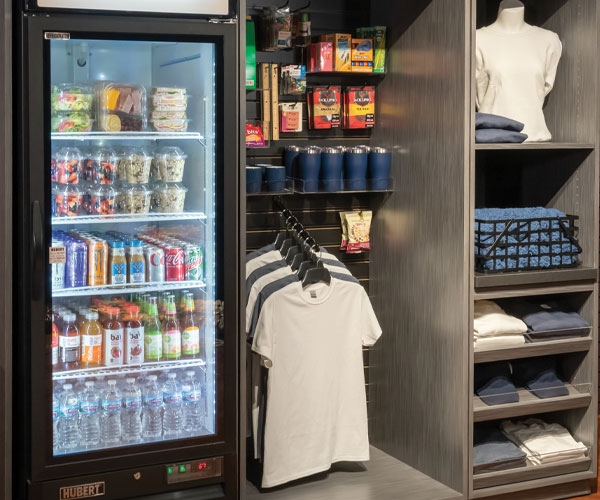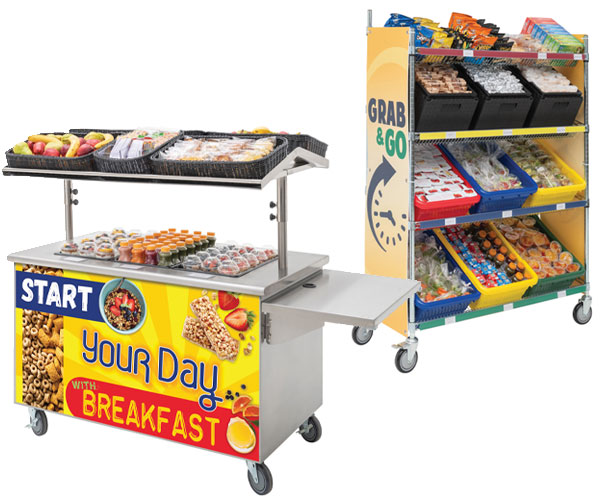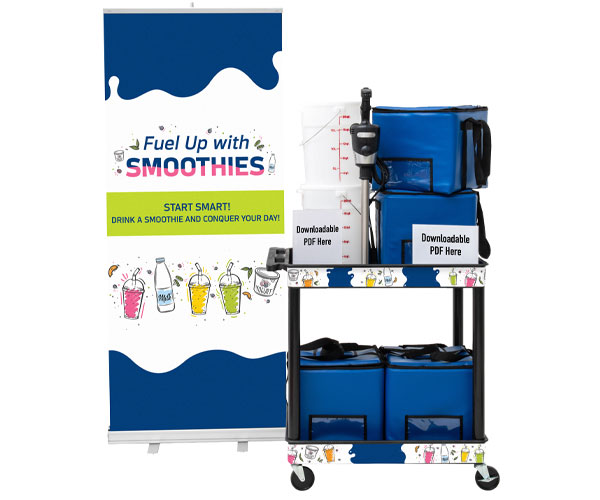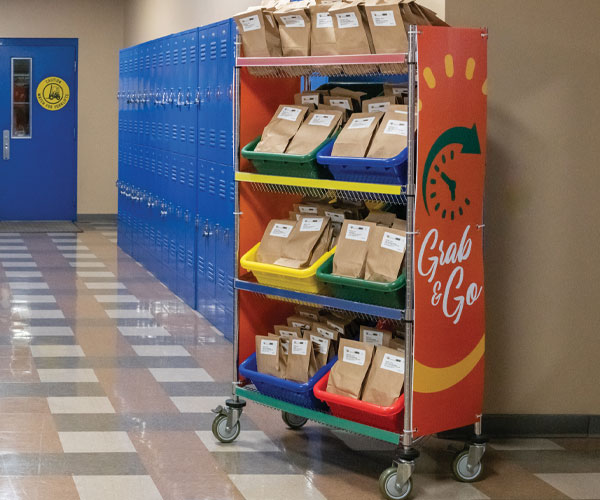
We care a lot about your experience on our website. Please tell us how we can improve.
If you want an immediate response, chat with us now
The education landscape has drastically changed in the past couple years. Some schools have closed, others have gone to remote teaching, and a handful across the country are simply struggling to stay open.
Schools and educational facilities across the country are suffering as an outcome of COVID-19 and the labor shortage. In order to stay open, many schools have been forced to adopt new strategies for what used to be simple, everyday tasks like eating lunch in a cafeteria. No pun intended, but schools needed to change some of their "old school mindsets" to overcome these newfound hurdles that never used to be there.
Continue reading on to discover all the creative ways that schools are learning the ropes in this challenging new setting. But first, what's an education article without a little data, statistics, and learning?
Restrictions and safety concerns may be limiting how many students are allowed in the classroom and how students can sit and eat in a cafeteria. Many students and teachers have become ill, others have been pulled out of school or quit working due to COVID-19 and burnout. Some schools have been able to hire substitutes, while others have administrators and other staff stepping in to teach or even gone to remote learning.
of principles & leaders describe staff shortages as "severe" or "very severe"
of students are required to social distance in the cafeteria
of students are required to eat outside the school
of students eat in the classroom instead of the cafeteria
of staff in some schools are out sick
Navigating the labor shortage in 2022, it's been a huge hurdle for under-staffed schools to feed students in a spread-out environment. Times continue to be unpredictable and the federal and local regulations are constantly changing. This has left teachers, principals, and school employees desperately searching for answers and facing burnout. Breakfast participation and students' involvement in nutritional programs may be down as a result as well.
If your school is being affected by this issue, read on to discover the ways we can help you overcome these challenges.
From higher education to K-12 schools, it can be time-consuming and stressful to find ways to care for students in strained learning environments. Hubertâ??s goal is to provide as many vetted products as possible in the same place to offer educators an easier time finding solutions.
1. Micro markets: There's been a significant rise in micro markets and for good reason—they're an excellent answer to the labor shortage, cross-contamination issues involved with food prep and serving. With a micro market, you may be able to feed more students, reduce labor, and increase revenue.


2. Hallway and breakfast carts: Serving breakfast, snacks, and meals to students in other places than the cafeteria offers flexibility. With the help of a hallway or breakfast cart, alternative breakfast models have become easier than ever. These carts are designed to be used in locations throughout schools, including in limited spaces.
3. Smoothie kits: Smoothies are an excellent way to provide students with a nutritious snack or breakfast that includes fresh fruit and vegetables and increases milk consumption. Hubert has put together a smoothie kit that helps to reduce the labor involved in making and serving smoothies.


4. Choosi: With the help of the Choosi app, parents and students can view menus and pre-order food. This app allows schools to create menus, track data easily, and offer contactless meal delivery methods like grab and go and classroom feeding.
As stated earlier, while each school or educational facility may be unique, many of the problems affecting the industry are one in the same. The solutions listed above, paired with a variety of other vetted products and kits, may be beneficial to reduce the amount of staff hours spent in the kitchen and cafeteria. So, one or more of these solutions may be the answer to helping alleviate the labor shortage in your school.
Contact an education expert today to start improving whatever your current situation may be.

Explore your options with our industry specialists. Our team is ready to answer any questions you may have!